Digital Banks Vs Traditional Banks
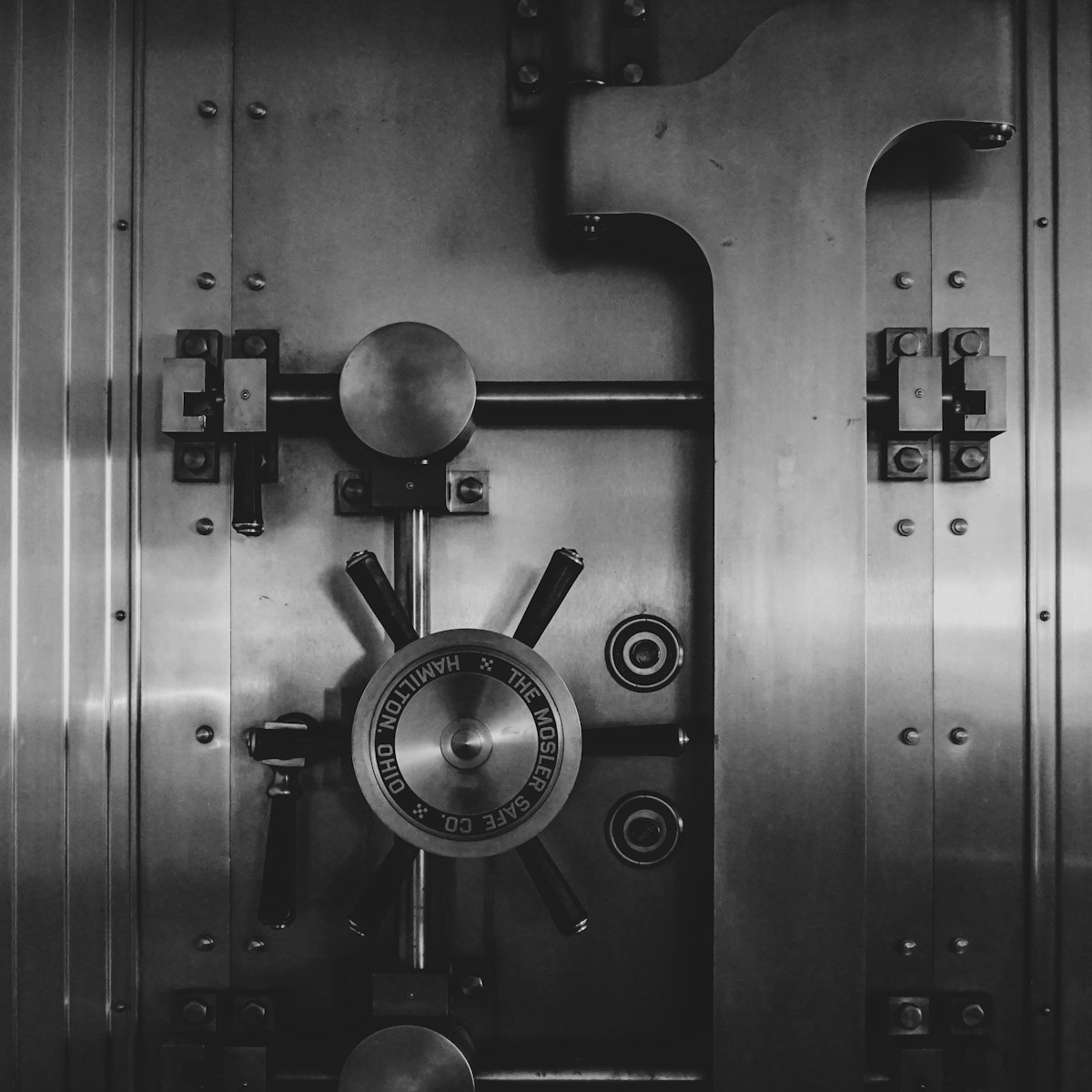
The Growth Of Digital Banking.
Digital Banks Vs Traditional Banks Chances are you have already heard of digital banking. It has become immensely popular in recent years, ever since the first mobile banking app came around back in 2011.
Since its invention, online banking has grown, and now it even includes fully functional, and fully online mobile banks, as well as your traditional banks with digital banking applications.
By 2018, around 61% of Americans were using digital banking, and it was projected to grow even more over the next 4 years. Has it? Of course, it has. In fact, it grew beyond projections.
It was projected that by 2022, the number of Americans using digital banking would be 65.3%, however, by mid last year (2021) it has already reached 75.4% of the population.
As digital banking grows, we need to be aware of what we need to look for in a digital bank when it comes to choosing.
Every bank will have pros and cons, and we are all in different situations financially, so there is no perfect bank, only an ideal bank for you.
You could be deciding between Current and Chime, or what type of bank, which bank, what account types. Whatever the worry, we hope that today we can help you figure out what digital bank will be the best for you.
What Are Digital Banks?
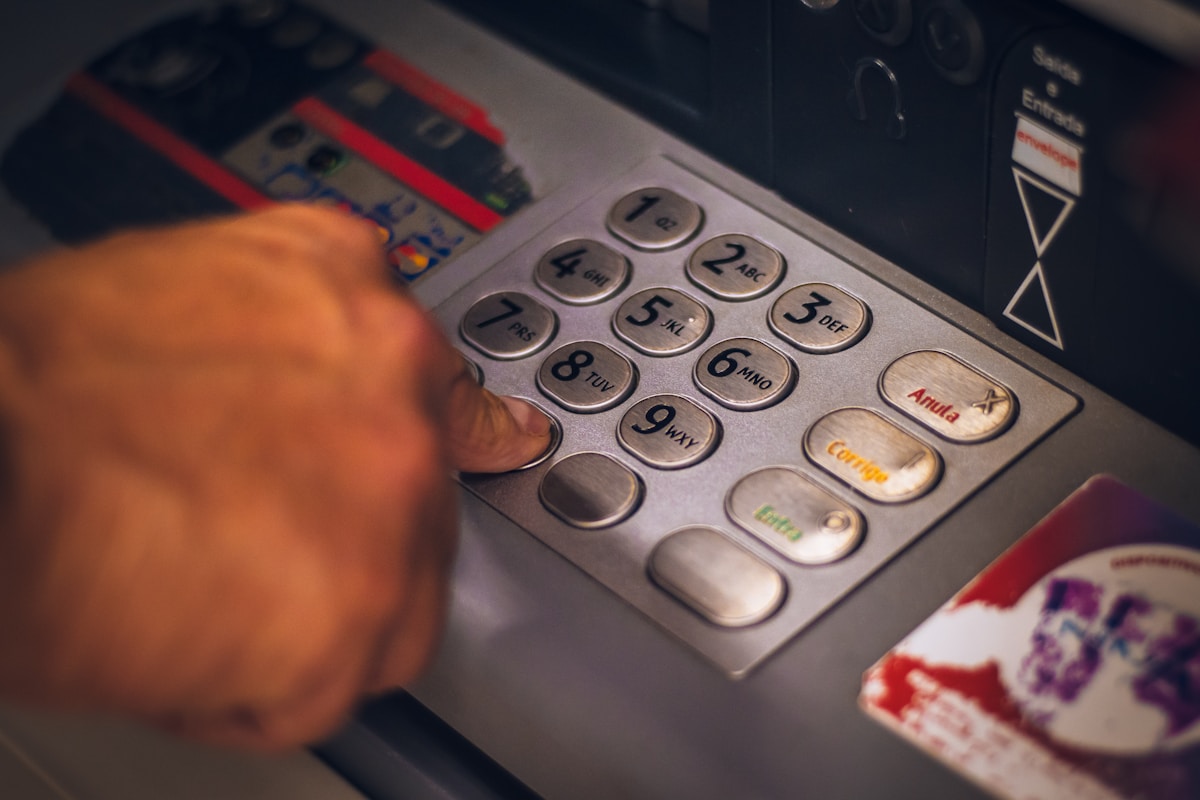
So, what is a digital bank? It is basically any financial institution that offers your banking services online, via online channels, this can include websites and mobile apps.
Very simply, it is a bank that allows you to manage your money online.
Is There A Difference Between Digital Banking & Digital Banks?
If you can manage your bank account online through a laptop, iPad, or smartphone then this is referred to as digital banking. Most people nowadays turn to mobile banking, which is simply digital banking focused through the use of mobile banking apps.
The difference?
Digital banking is an online or mobile banking that features the ability to manage money online.
A digital bank is simply a bank with no physical features, it’s not a building, and you can’t go inside. It is exclusively run online, and only online.
What Should You Look For In A Digital Bank?
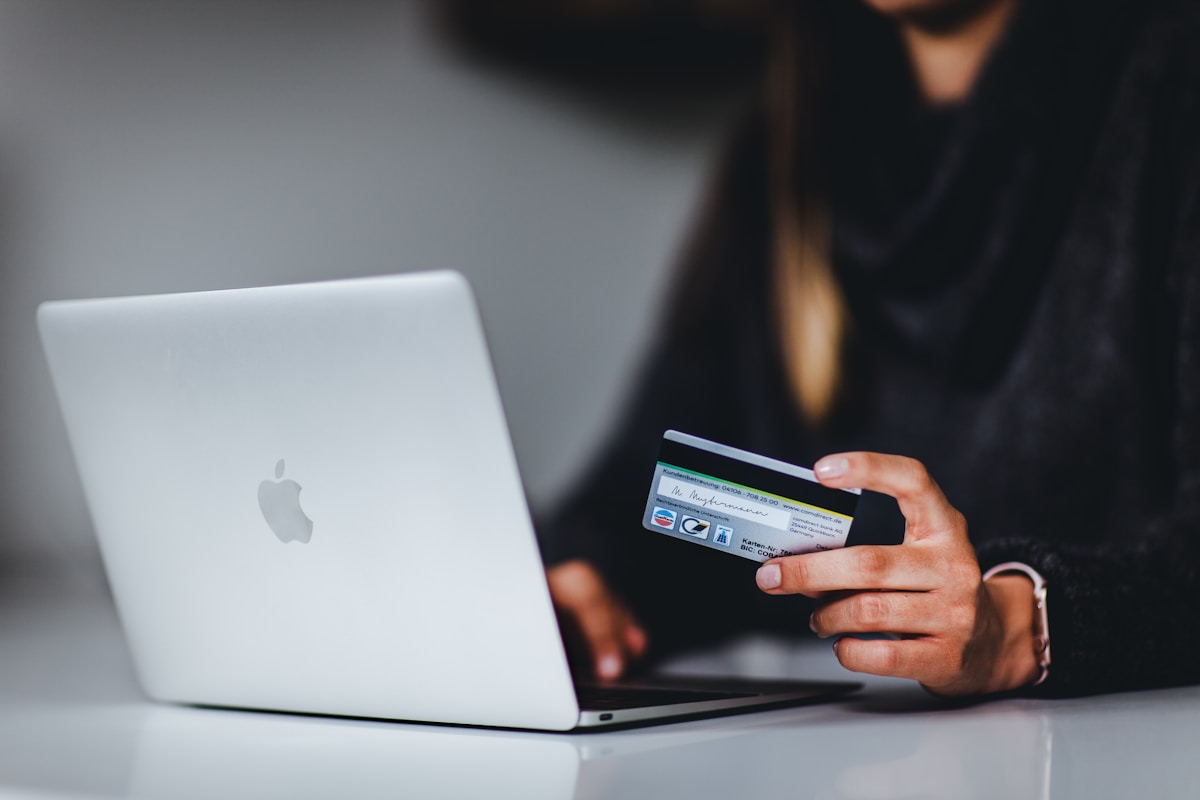
Since we can probably expect even more of our banks to become digital, and more of our money management to be done online, it is worthwhile understanding what we need to seek out in our digital banks.
So, here are some criteria for you to consider when you are searching for a digital bank.
#1. FDIC Insurance.
Any digital dance should be fully licensed by the FDIC (The Federal Deposit Insurance Corporation).
A bank that is Full-stack should hold their own license, however a ‘front-end’ bank will need to have an FDIC-insured partner.
Typically, the FDIC will insure an account up to $250 thousand per holder. For example, GreenState Credit Union does this for their CD accounts. This means that the government will back any deposits in the event of a bank failure, or, god forbid, theft.
#2. End-To-End.

Any bank run online needs to offer end-to-end customer experience. Meaning that every service needs to be available online for every type of client.
Some digital banks will boast that you can set up an account in only 10 minutes, which means that you can upload your documents and get verification pronto.
Here are some features to look out for.
- Loan servicing.
- Applications for loans.
- Managing account settings.
- Document verification.
- Opening accounts.
- Uploading documents.
- Automated bill paying and saving.
- Deposits and transfers.
There is only one aspect of digital banking that is not always done, or available, online, and that is debit cards and receiving checks. You will usually have these mailed to you.
#3. Fee-Free ATM Access.
Since digital banks do not actually have any physical locations, this means you will need to use third-party ATM’s should you need cash, or to deposit money.
This could be tricky, however, any good digital bank should offer fee-free ATM usage. Some may offer this at any location, while some may have a list of partner banks where you can use the ATM without any charge.
#4. Availability.
The online world never sleeps, so a digital bank won’t either. This means that apps and online banking portals are not restricted to traditional business hours.
For a majority of banks this is easiest to achieve through apps. Typically focused on depositing money, transferring, and withdrawing money.
There are still services that will not be 24/7 though, this includes loan applications, or if you do need to speak to a person from customer service, or a banker.
Some banks might offer 24 hours assistance, or app messaging, however, not all. If you would like this feature in your bank, it is best to see what banks offer this. Chase is one of the banks that does.
#5. Security.
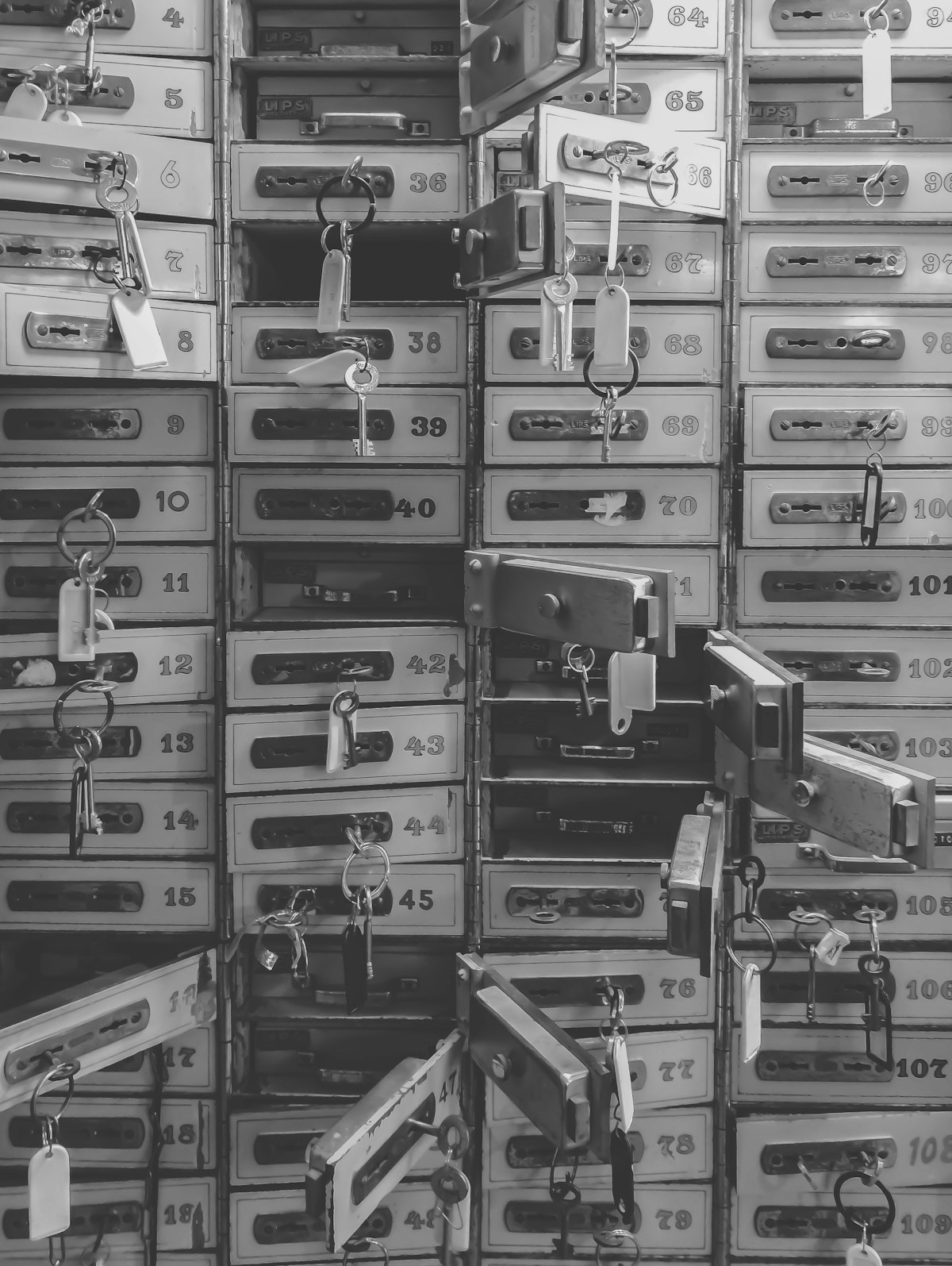
Since you are keeping all your money here it is no surprise that security should be a priority.
Physical banks will always pride themselves on security features, and online banks are much the same. Digital banks need to have a hardy security system in place to protect data and make you feel comfortable.
This means that security features need to be embedded in software. You can expect two-factor authentication, password protection applications, and banking alerts as well.
If you have any concerns about the security of a bank, make sure that you do not just toss it aside. You should only join a bank that has all the features we have mentioned, if not more.
You can be extra cautious and protect your data even more in the following ways.
- Do not use a banking app on public Wi-Fi.
- Avoid phishing scams by refusing to respond to any verification requests without authentication.
- Be very careful with third-party financing apps that may synchronize with your bank account. These can be useful, but they can also take your data. If you want to use one of these, speak to your bank first, and ask for advice and recommendations.
#6. Small Fees and Requirements.
Digital banks are not all that different from normal banks. They may come with annual fees and some requirements in terms of bank balance.
It does depend on how you are in terms of your financial situation, and how you will use the account. Whatever the case, always make sure that these factors work for you.
There are free accounts that do not require a minimum balance, these are actually rather common.
You may have particular accounts that do need fees to receive benefit, or may have restrictions, and these are often accounts such as high-yield savings, however, this can be a factor that is true for both digital banks, and typical land-based banks.
Best Digital Banks.
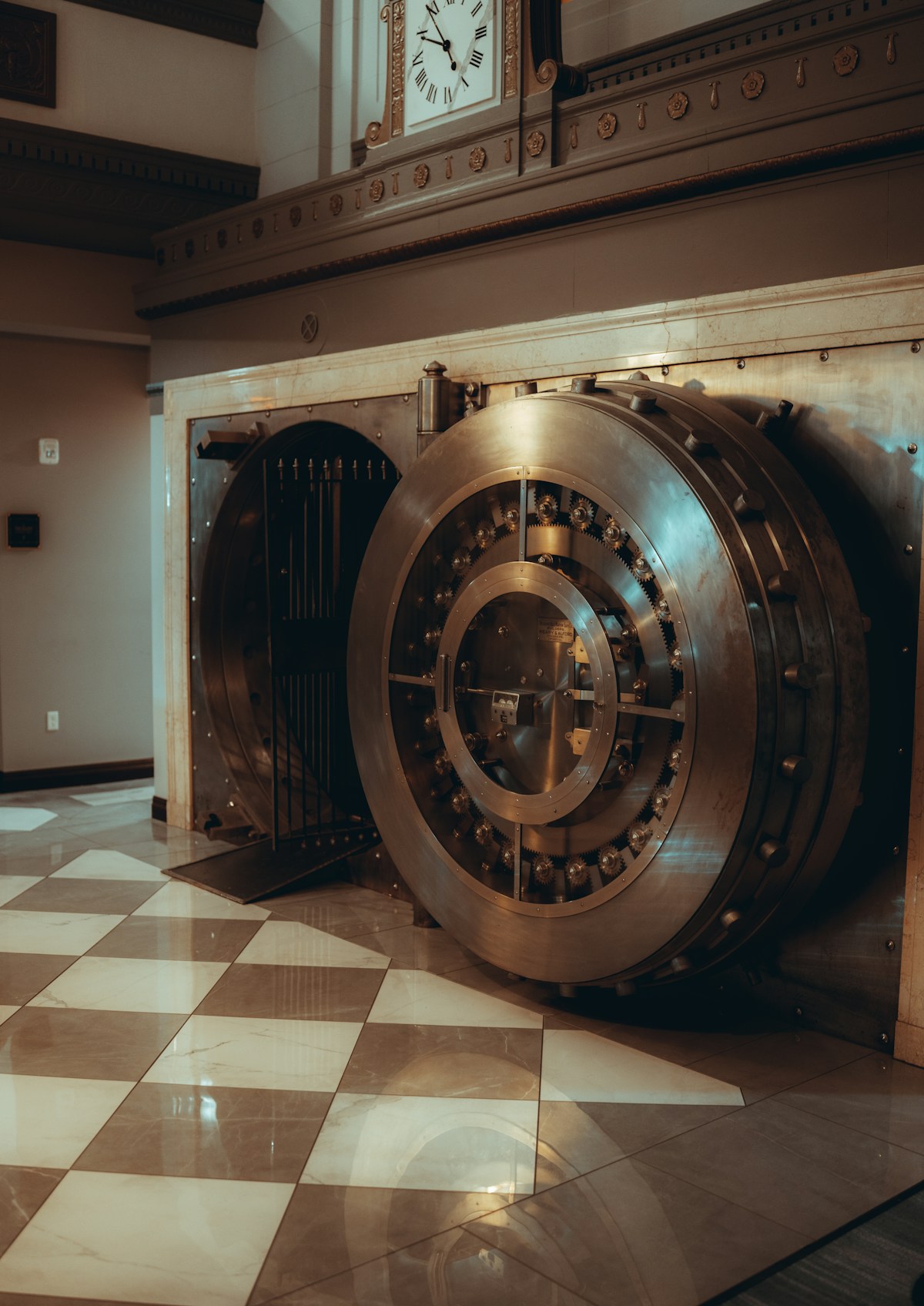
Before we let you move on to find your perfect bank account, we will give you a list of good Digital Banks.
There are many out there, and each will be best suited for a different person.
So, what banks are best for checking accounts and savings accounts?
- Discover Bank. (Checking and Saving)
- Alliant Credit Union. (Checking and Saving)
- One. (Checking and Saving)
- Varo. (Checking and Saving)
- Monifi.(Checking and Saving)
- TIAA Bank. (Checking and Saving)
- Ally Bank. (Checking and Saving)
- Marcus by Goldman Sachs. (Saving only)
- Comenity.(Saving only)
- Synchrony Bank. (Saving only)
There are many more out there, but these are a few. It depends entirely on what you want to get out of your bank, and what you need. There is something out there for everyone.